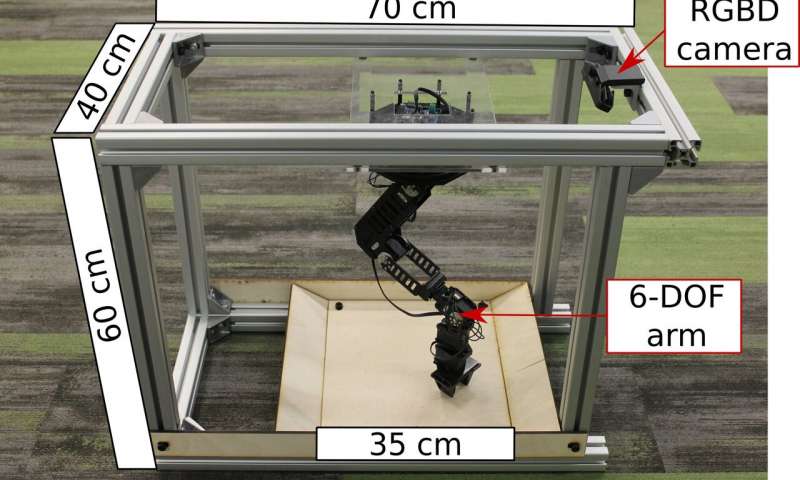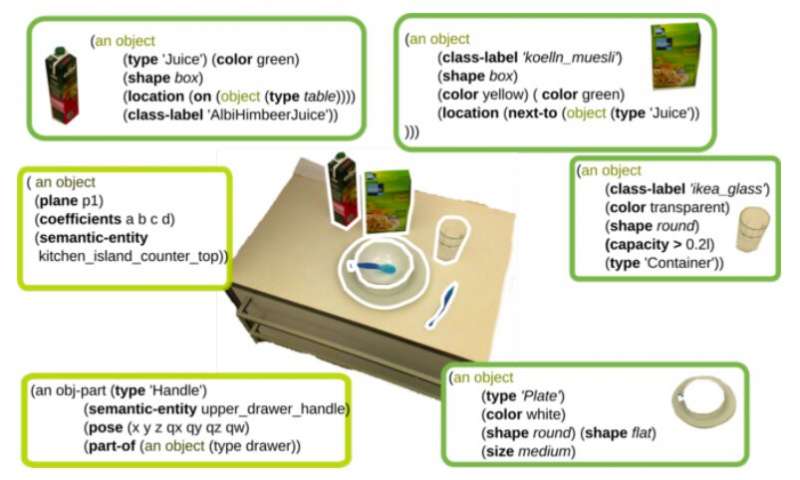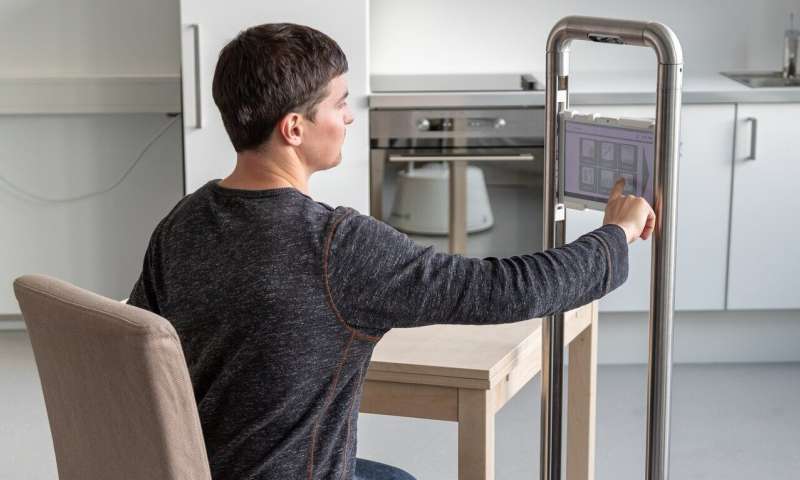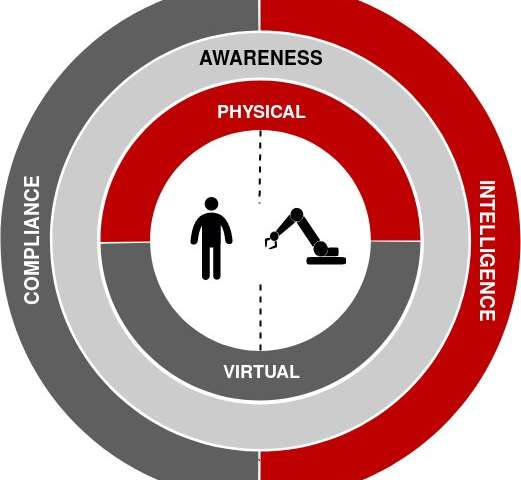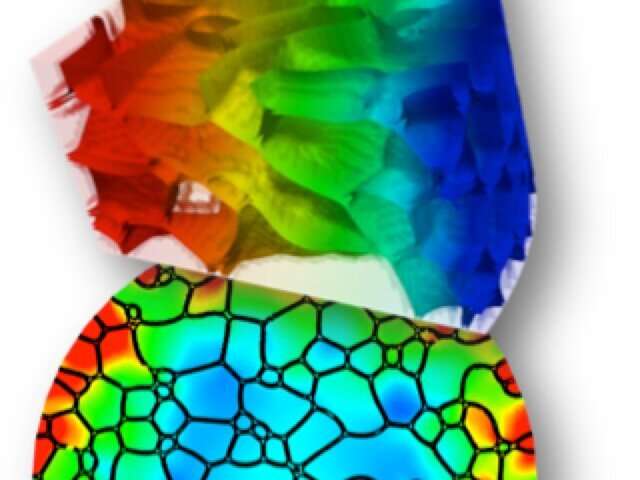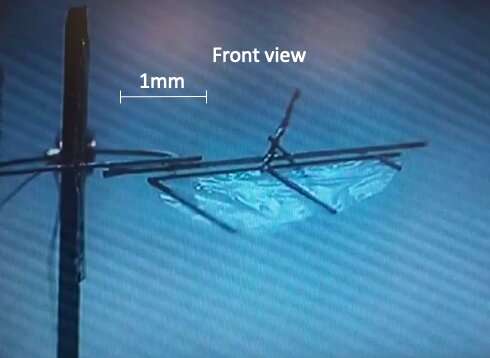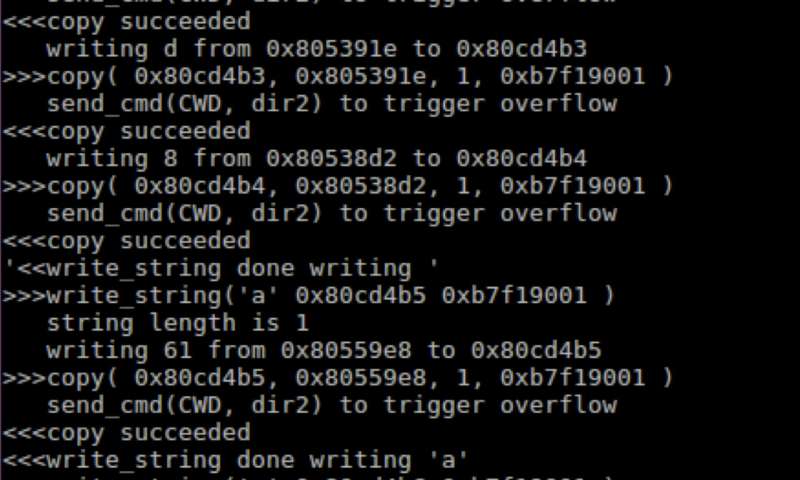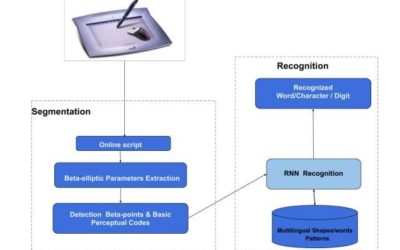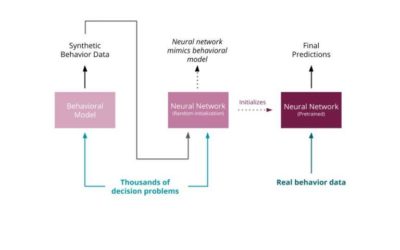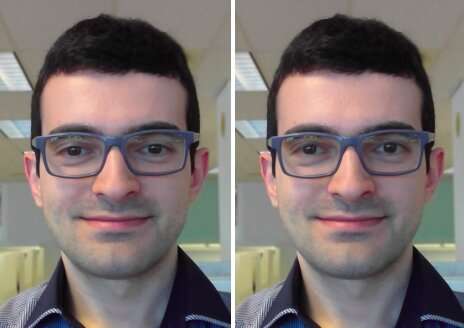Researchers at UC Berkeley have developed a reproducible, low-cost and compact benchmark platform to evaluate robotic learning approaches, which they called REPLAB. Their recent study, presented in a paper pre-published on arXiv, was supported by Berkeley DeepDrive,...
TECHXPLORE
ROBOSHERLOCK: a system to enhance robot performance on manipulation tasks
Over the past decade or so, advancements in machine learning have enabled the development of systems that are increasingly autonomous, including self-driving vehicles, virtual assistants and mobile robots. Among other things, researchers developing autonomous systems...
MobiKa: A low-cost mobile robot that can assist people in a variety of settings
Researchers at Fraunhofer IPA, in Stuttgart, Germany, have recently developed MobiKa, a low-cost, mobile robot capable of two-modal (voice and text) interactions with humans. Their robot, presented in a paper pre-published on arXiv, could be particularly useful for...
Monitoring human physiological responses to improve interactions with robots
Researchers from the Century Mold Collaborative Robotics Laboratory (CMCRL) at Rochester Institute of Technology (RIT) in New York have recently developed a new framework for monitoring human physiological responses while users are collaborating with a robot to...
MOOSE: A platform to create complex multiphysics simulations
In recent decades, technological advances have opened up exciting new possibilities for research in a variety of fields, including physics. Nonetheless, creating sophisticated simulations to represent or address multiphysics problems using computing resources can...
New designs for jumping and wing-flapping microrobots
Researchers at the University of California (UC) Berkeley have recently designed two insect-scale microbots, one that jumps and another that flaps its artificial wings. These robot designs, presented in two papers pre-published on arXiv, mimic real biological...
New exploitation techniques and defenses for DOP attacks
Data-oriented attacks allow hackers to manipulate non-control data and alter a program's behavior, often causing significant damage to the systems affected. Researchers at Virginia Tech, Clemson University, Pennsylvania State University and Aalto University have...
New models for handwriting recognition in online Latin and Arabic scripts
Researchers at the University of Sfax, in Tunisia, have recently developed a new method to recognize handwritten characters and symbols in online scripts. Their technique, presented in a paper pre-published on arXiv, has already achieved remarkable performance on...
Infusing machine learning models with inductive biases to capture human behavior
Human decision-making is often difficult to predict and delineate theoretically. Nonetheless, in recent decades, several researchers have developed theoretical models aimed at explaining decision-making, as well as machine learning (ML) models that try to predict...
Intel researchers develop an eye contact correction system for video chats
When participating in a video call or conference, it is often hard to maintain direct eye contact with other participants, as this requires looking into the camera rather than at the screen. Although most people use video calling services on a regular basis, so far,...

